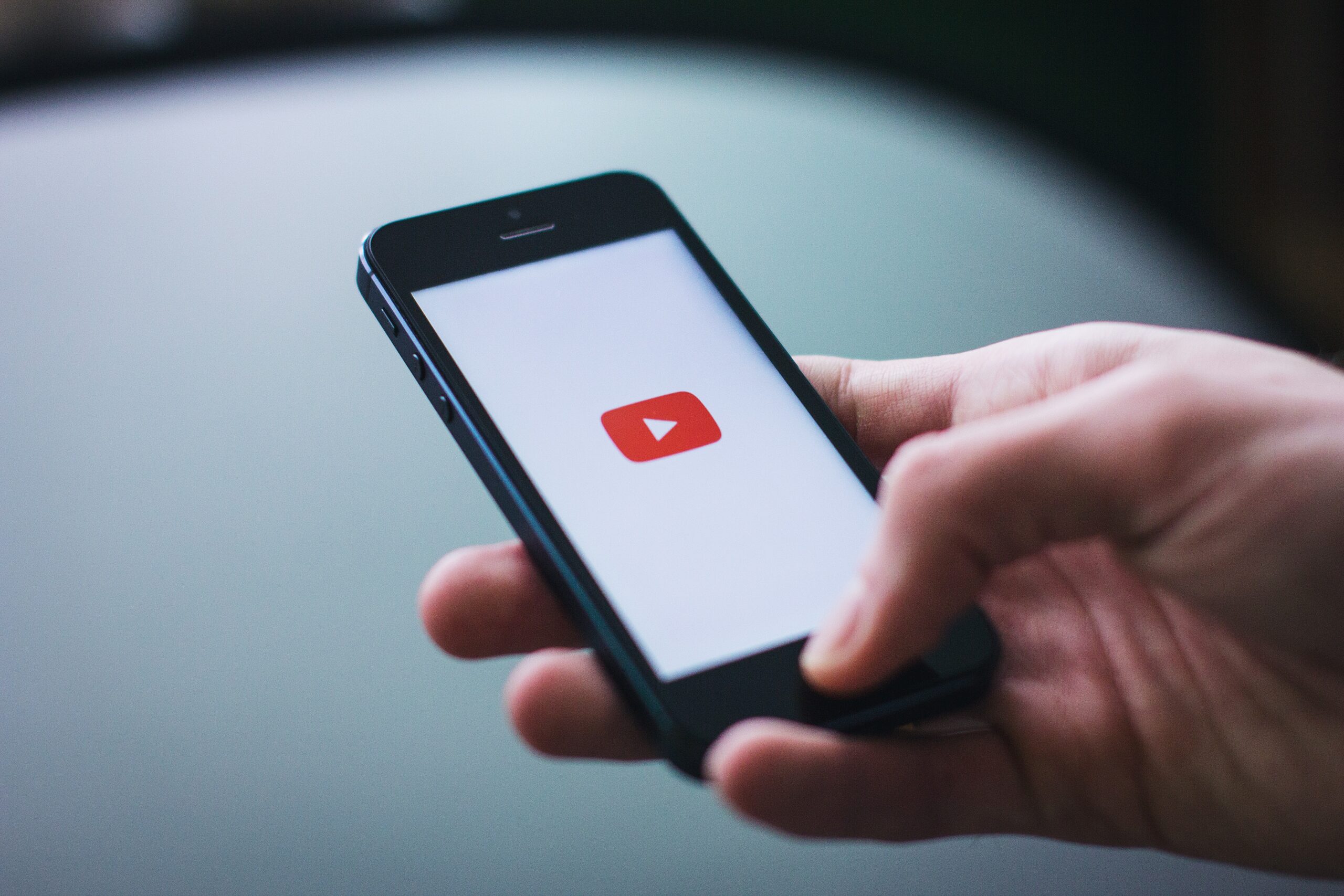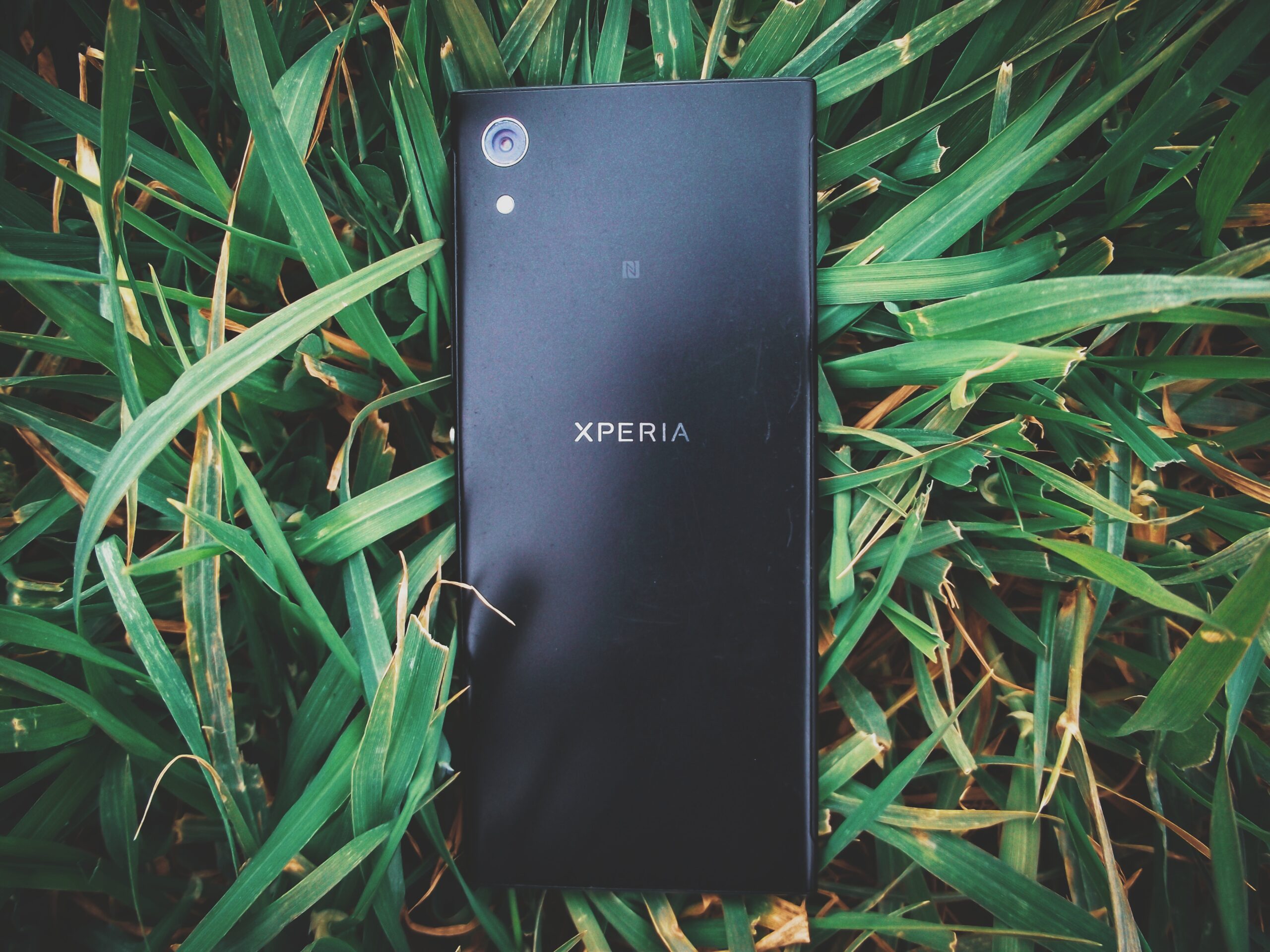Check out the absurd amount of notifications young people receive on their cell phones. See what this can do to their mental health.
237 notifications. According to a new study published by Common Sense Media, this is the minimum number of cell phone alerts a young person receives per day. Looking at the maximum, there are cases where each young person receives around 5,000 notifications in 24 hours.
Alerts are almost always linked to social networks and notify the phone owner about updates from friends or comments on their posts. Messaging, photo and video apps beep constantly and turn on the device's lights day and night. It's no surprise that the new generations wake up with cell phones in their hands. After all, there's always more to see on the screen. But does this affect the health of young people? Keep reading and understand what this can cause in the long term.

New notifications every minute
“They’re constantly forced to be socially responsive on Instagram, TikTok or other places with their friends,” said study participant Jim Steyer. “It’s the dominant factor in their entire personal life,” the researcher said.
Understand the research
The study was conducted with 203 young North Americans aged 11 to 17. For nine days, they installed an app that allowed researchers to monitor their smartphone usage. This way, it was possible to track data with date and time information about which apps were running and when, as well as how many notifications appeared on the phone.
The social media apps tracked in the survey include TikTok, Snapchat, Facebook, Instagram, and Discord. According to the tracking, about 25% of the notifications appear during school hours, while 5% occur at night. This means that young people are connected to social media when they should be focusing on other activities, such as going to school or getting a good night’s sleep. In addition, the profile revealed that 97% of these young people were using smartphone at school and 59% connected to the Internet between midnight and 5 a.m. While some interacted on social media, many people listened to music or the sound of rain, with the screen dark to relax and sleep.
Long-term consequences
According to experts, constant stimulation can affect capabilities cognitive abilities, attention span and memory in children and adolescents. All of this happens during a critical time in life, when a child’s brain is still developing. Researcher Steyer blames the business model of social media platforms like TikTok. “Their goal is to keep you on the platform as long as possible so they can sell ads,” he said.
When asked, TikTok said it sets a 60-minute daily screen time limit for teen accounts. In addition, the company announced that it would turn off push notifications at night and highlighted a tool that allows parents to control their children's mobile phone usage. Discord also highlights its Family Hub, which allows parents to manage their children's screen time. Snapchat said that this responsibility lies entirely with the user. For businesses, users must adjust their screen time and can choose whether or not to receive notifications.
Meta, which owns Facebook and Instagram, claims to have a number of tools specifically designed to help limit screen time and notifications from your apps.



